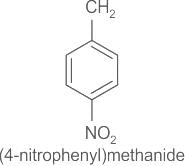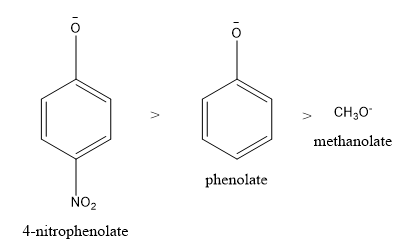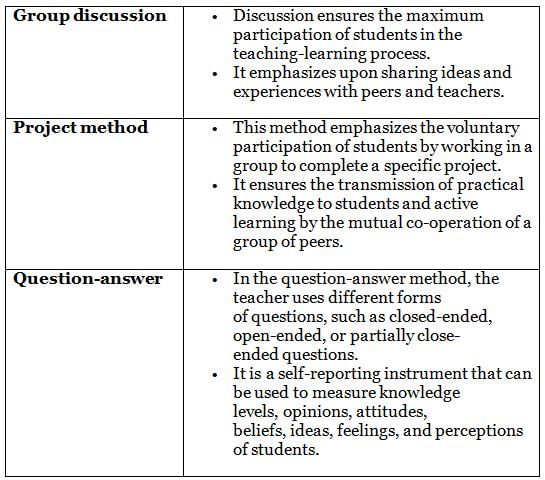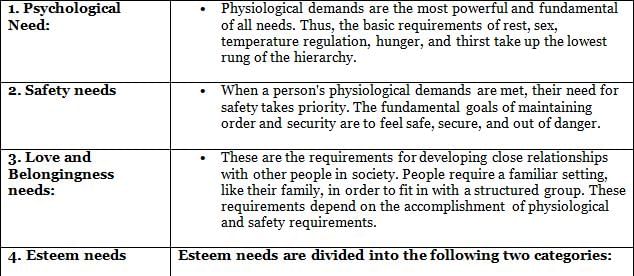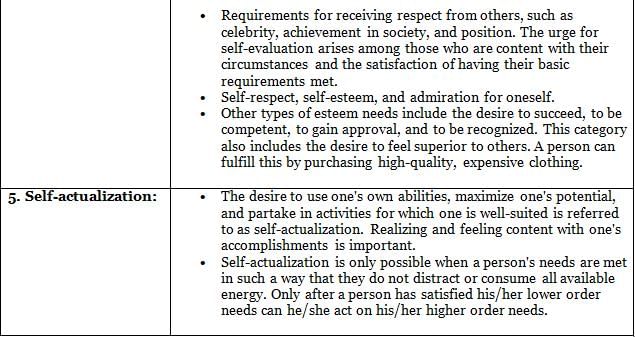OSSTET Science (PCM) Mock Test - 3 - OTET MCQ
30 Questions MCQ Test - OSSTET Science (PCM) Mock Test - 3
'କଳୁଷ - ପଙ୍କେ ମୁହିଁ କେତେ ମଳିନ କେମନ୍ତେ ସରି ତୋର ହେବି ନଳିନ ।” ଉଦ୍ଧୃତାଂଶଟିରେ କେଉଁ ଅଳଙ୍କାର ପ୍ରଯୁକ୍ତ ?
ନିମ୍ନ ପ୍ରଦତ୍ତ କେଉଁ ଶବ୍ଦଟି 'ଷତ୍ଵ' ବିଧି ନିୟମର ବ୍ୟତିକ୍ରମ ?
Which of the following words does not have silent letter/letters?
The principal quantum number of an atom indicates:
What is the ratio of potential energy to kinetic energy of a body executing simple harmonic motion when the displacement is equal to one-third of the amplitude?
The alkane obtained by the electrolysis of aqueous concentrated solution of sodium acetate is
A hollow spherical shell of radius 40 cm contains two point charges 3q and −3q placed at points separated by 30 cm inside the shell. What is the flux of the electric field due to the charges through the surface of the shell?
(Where ϵ0 is the permittivity of air)
In the given wave equation y = 60 sin π/3 (6t − x), what are the values of wavelength and frequency respectively if all the quantities are expressed in S. I. system?
The most stable carbanion among the following is:
If f(x) is an invertible function, what is f−1(x) if f(x) = 3x-2/5:
In a classroom, a teacher uses a student-centered approach for teaching. The method is not suitable for-
Which of the following is not an element of Maslow's Hierarchical Needs Theory?





 .
. where
where
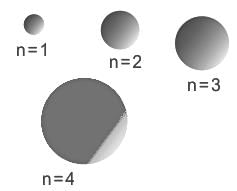
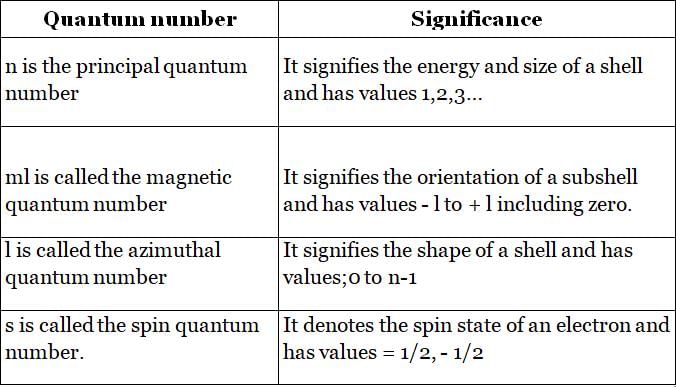
 , then A-1 = ?
, then A-1 = ?

 = 0, A12 =
= 0, A12 =  = 0, A13 =
= 0, A13 =  = -1
= -1 = 0, A22 =
= 0, A22 =  = -1, A23 =
= -1, A23 =  = 0
= 0 = -1, A32 =
= -1, A32 =  = 0, A33 =
= 0, A33 =  = 0
= 0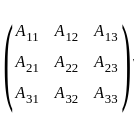





 mω2(A2 - x2)
mω2(A2 - x2) mω2x2
mω2x2
 is
is

 .
.


 is Maclaurin series of which function?
is Maclaurin series of which function?



 Option 4 is correct.
Option 4 is correct.







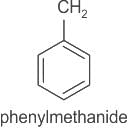
 groups are electron donating groups.
groups are electron donating groups.